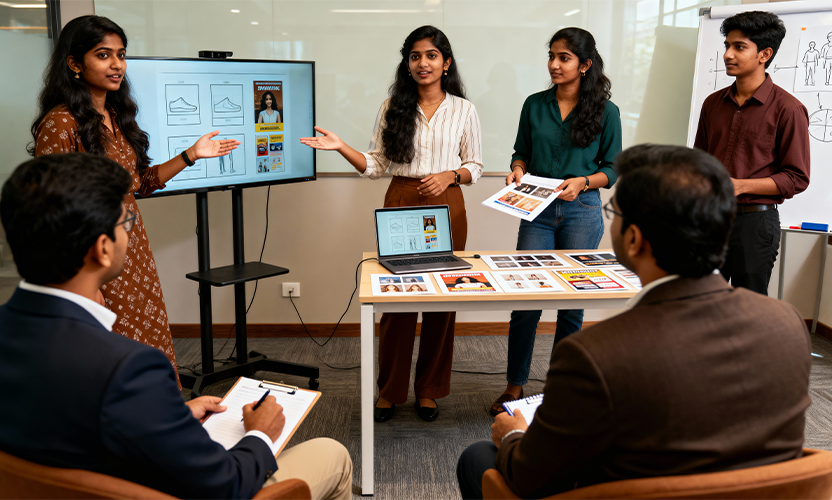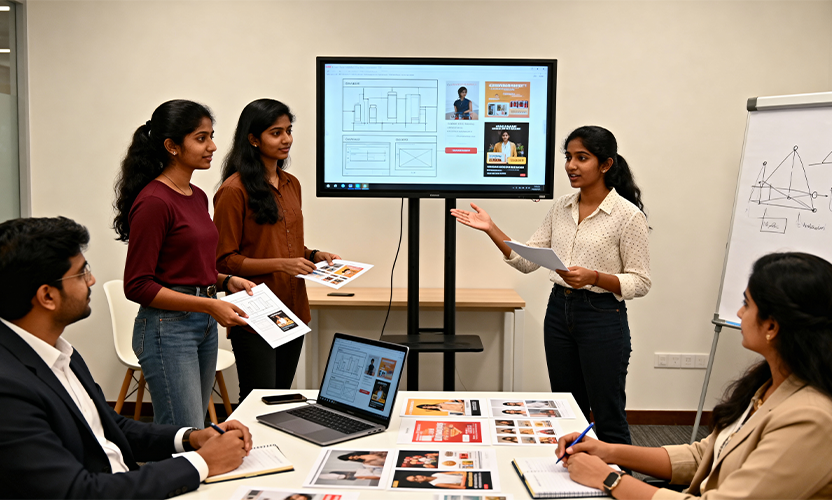Practical exercises go beyond theoretical practice, they immerse students in real-world situations. Project-based learning, hands-on projects, client simulations, and case studies enable students to become confident, improve communication, and gain professional competence. This article explores how practical exercises help students build confidence in client interactions and develop into successful professionals.
Understanding Practical Assignments
Practical assignments are real learning activities rather than classroom lectures. They consist of role-plays, case studies, projects, and simulations that mirror real-life scenarios. These assignments encourage active learning and allow students to apply theoretical knowledge in practice. By introducing students to work-related tasks before they enter full professional settings, practical assignments help them acclimate to real challenges, develop essential skills, and boost self-confidence.
How Practical Assignments Build Student Confidence
Practical assignments are designed to instill self-assurance in students. Repetition allows learners to experiment, fail, and succeed without fear, making the learning process stress-free and professional. For instance, practicing client interviews, problem-solving, or public speaking through role-playing prepares students to confidently handle real clients. Such exposure equips them to perform effectively under pressure while maintaining a professional presence .
Practical Exercises in Client Interpersonal Skills
Client simulations are among the most effective exercises for building confidence. Activities such as client presentations, role-playing, and group projects place students in professional settings where they manage client expectations and make informed decisions. These exercises help students strengthen presentation skills, accept feedback gracefully, and perform confidently in challenging situations. Experiential training ensures students gain real-world strengths applicable in professional environments.
Successful Practical Assignment Strategies

To maximize the benefits of practical assignments, instructors can implement several strategies. Experiential learning paired with reflective practice encourages deep understanding and skill retention. Mentorship and constructive feedback guide students to mastery and problem-solving confidence. Reiterative learning, which involves revising or resubmitting assignments, reinforces competence and self-assurance. Assignments grounded in real client projects combine practical learning with problem-solving skills, while group work promotes teamwork, leadership, and workplace familiarity.
Impact on Students Real-Life Careers
Practical assignments expose students to real workplace scenarios, making them adept and confident when interacting with clients. They develop skills in presentations, negotiation, and professional communication. By bridging theory with practice, practical assignments prepare students for thriving careers, ensuring they enter the workforce equipped to meet professional expectations and handle challenges effectively.
Conclusion
Practical assignments play a critical role in building students’ confidence for client interactions. Experiential learning and simulations enhance logical thinking, effective communication, and professional problem-solving. At Marctech Academy, we emphasize practical learning, ensuring our students gain the confidence and skills needed to excel in client interactions and perform professionally in real-world environments.
FAQs
What are practical assignments in education?
Practical assignments are hands-on activities like projects, simulations, and case studies that help students bridge the gap between theory and practice.
How do practical exercises build confidence?
Regular practice combined with constructive feedback helps students transition from uncertain learners to confident professionals.
Do practical exercises prepare students for real client experiences?
Yes, practical exercises simulate real client interactions, enhancing communication skills and readiness for professional requirements.
What methods support hands-on activities to improve confidence?
Mentorship, step-by-step guidance, realistic simulations, and collaborative group projects enhance students’ competence and self-assurance.






